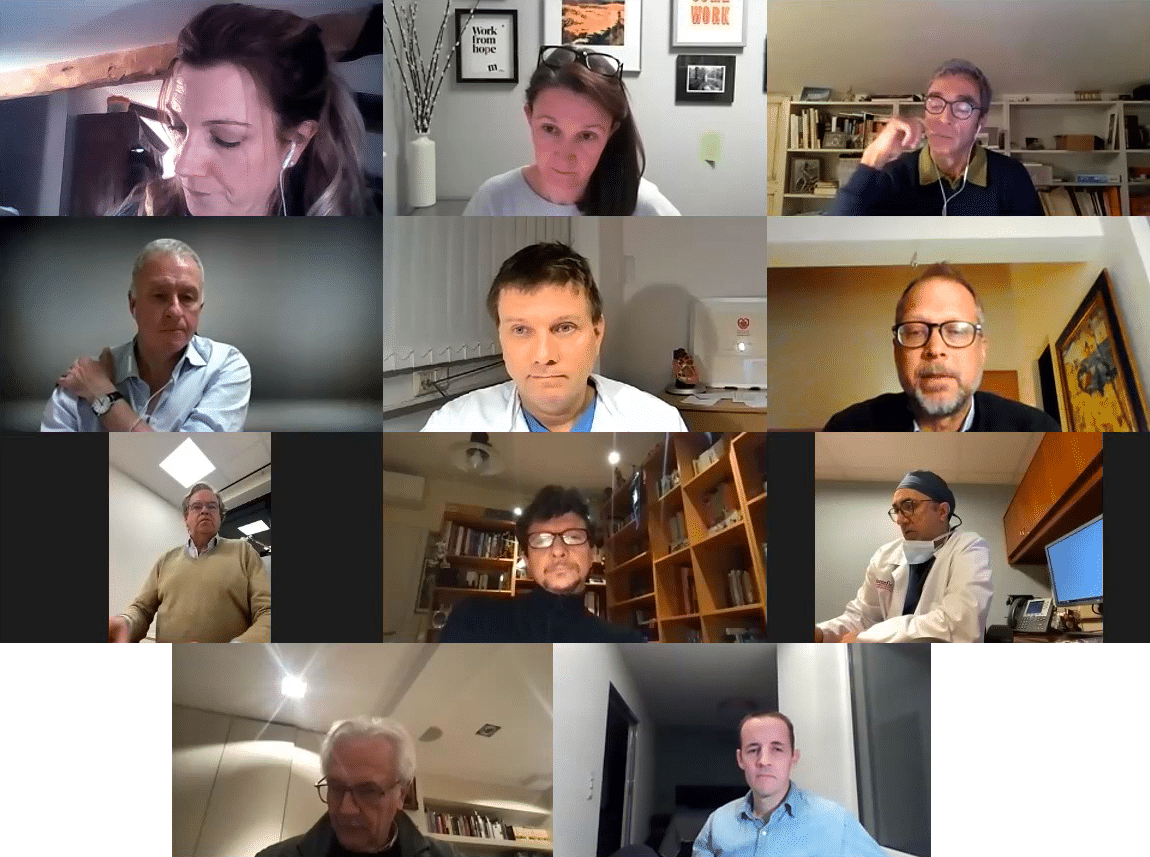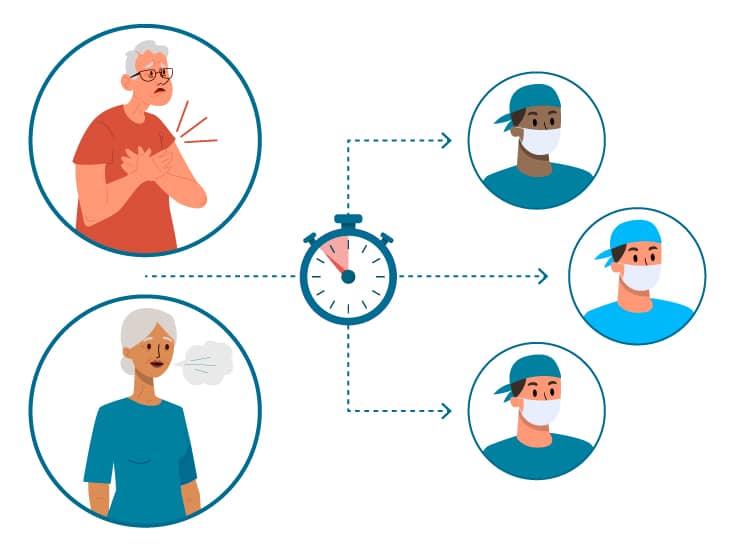Given the dramatic impact on patient outcomes, cardiologists and all other healthcare practitioners should advocate for continuous invasive and non-invasive cardiac treatment during the pandemic. This can be achieved by improving communication between patients and physicians as well as between physicians themselves; adapting healthcare services to the new ‘normality’; building dedicated cardiac care pathways; and ensuring patient and healthcare provider protection against COVID transmission.
Listen to Dr Flavio Ribichini advocate the active involvement of all HCPs in adapting previous facilities, services and work methods to this new scenario.


